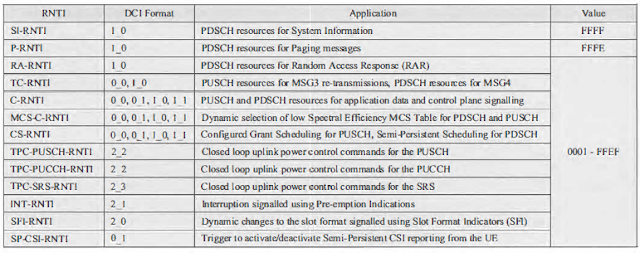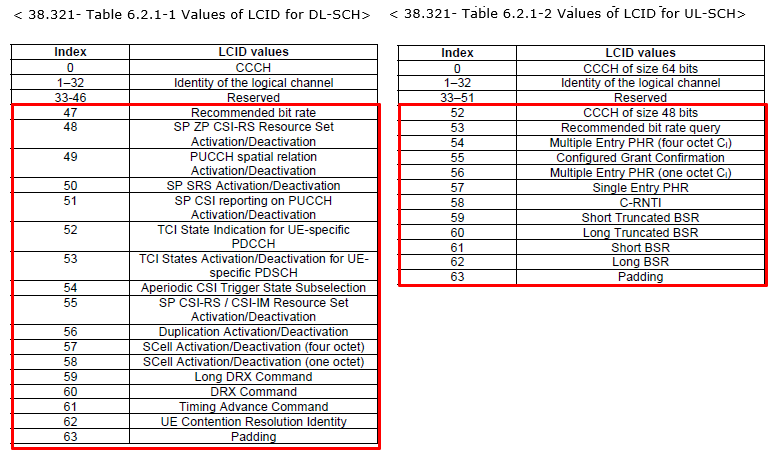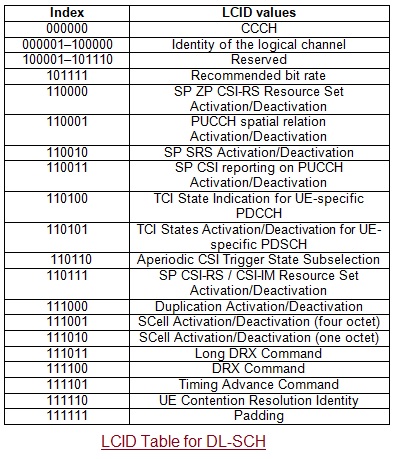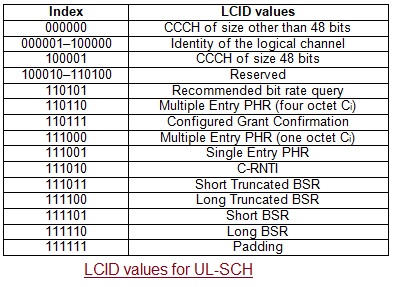Bearer?
The bearer is just a virtual concept that used at end to end transition for signaling and data traffic. Bearer defines how the UE data is treated when it travels across the network. Network might treat some data in a special way and treat others normally, its depends on services and QCIs of that bearer.
Some flow of data might be provided guaranteed bit rate(GBR) while other may
face low transfer. In short, bearer is a set of network parameter that defines data specific treatment e.g. Person A will always get at least 256 Kbps download speed on his LTE phone while for person B there is no guaranteed bit rate(GBR) and so might face extremely bad download speed.
Bearer can be :-
SRB: SRB stands for Signaling Radio Bearer.”Signalling Radio Bearers” (SRBs)
are defined as Radio Bearers (RBs) that are used only for the
transmission of RRC and NAS messages.
DRB: SRB stands for data radio bearer. DRBs are used for data transmission only.
Types of bearer:
- GBR(guranted bit rate) bearer -QCI 1-4
- Non GBR bearer -QCI 5-9
Here we will discuss default and Dedicated bearer.
Default Bearer:
• When NR-UE attaches to the network for the first time, it will be assigned
default bearer which remains configured as long as UE is connected.
• Default bearer is the bearer that have the best service for the subscriber when first time attached.
• Each default bearer comes with an IP address assigned by the SMF.
• UE can have additional default bearers as well for different types of services.
• Each default bearer will have a separate IP address.
• QCI 5 to QCI 9 (Non- GBR) can be assigned as default bearer.
• Default bearer is one of the main bearer which is created -
- at the time of initial UE attach procedure or
- at the time of new PDN connection. Default bearer represents a PDN connection and exists until UE gets detached from network or
- UE initiated PDN dis-connectivity explicitly or network force fully trigger release for the default bearer due to policy control.
Default bearer is a non-GBR bearer and provide always on IP connectivity.
Dedicated Bearer:
- Dedicated bearers provides dedicated tunnel to one or more specific traffic (i.e. VoIP, video, chat etc).
- Dedicated bearer plays as an additional bearer on top of default bearer.
- It does not require separate IP address due to the fact that only additional default bearer needs an IP address and therefore dedicated bearer is always linked to one of the default bearer established previously.
- Dedicated bearer can be GBR or non-GBR bearer whereas default bearer can only be non-GBR bearer.
- For services like VoLTE we need to provide better user experience and this is where Dedicated bearer would come handy.
- Dedicated bearer uses “Traffic flow templates (TFT)” to give special treatment to specific services.
- Dedicated bearer is created when the requested service can't be fulfilled through default bearer. Some services required a high level of QoS like voice call. so network create a dedicated bearer with required QoS .
- Dedicated bearer may be Non-GBR or GBR depend of QCI (QoS class identifier) value.
- Dedicated bearer can be created/release based on requirement but default bearer is created only all on IP connectivity and released only at the time of detach/PDN disconnection.
2 default bearers and 1 dedicated bearer:
Usually LTE networks with VoLTE implementations has two default and one dedicated bearer
Default bearer 1:
Used for signaling messages (sip signaling) related to IMS network. It uses QCI-5.
Dedicated bearer:
Used for VoLTE VoIP traffic. It uses QCI-1 and is linked to default bearer 1.
Default bearer 2:
Used for all other smartphone traffic (video, chat, email, browser etc).



























